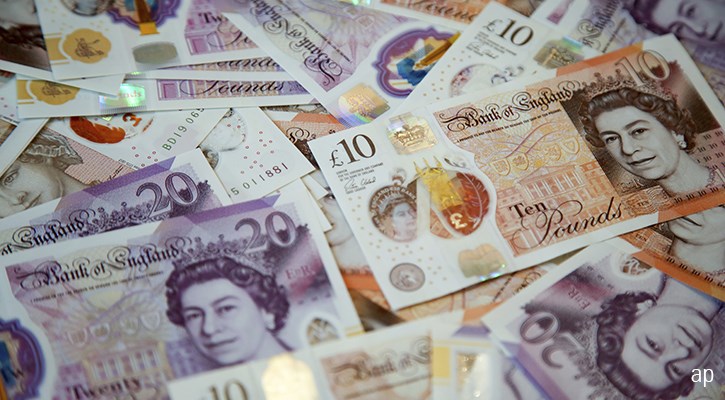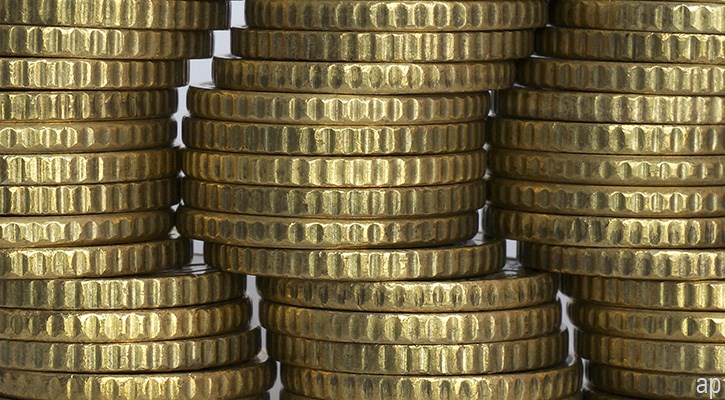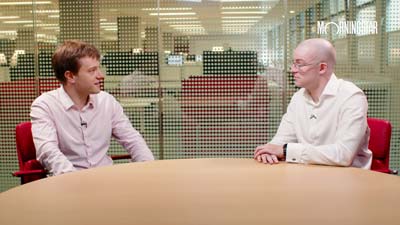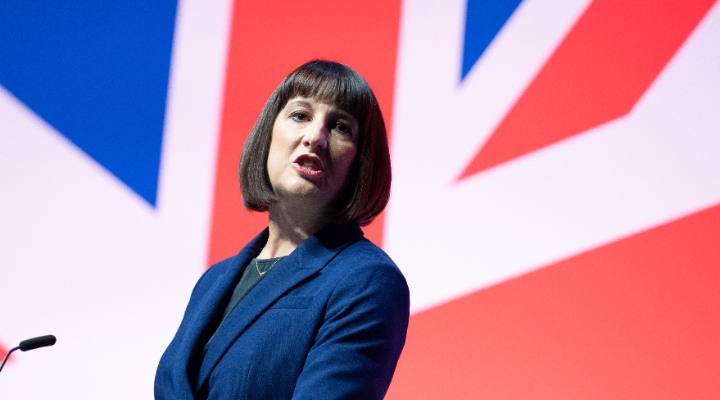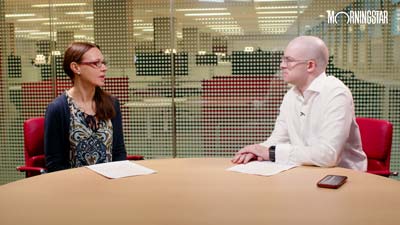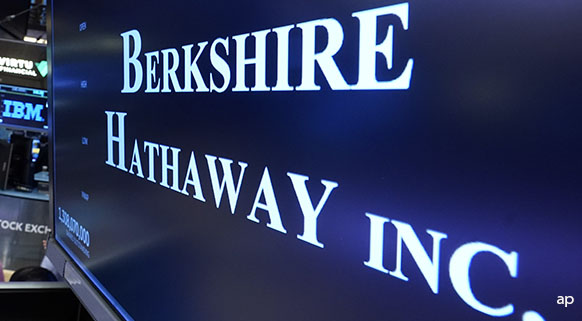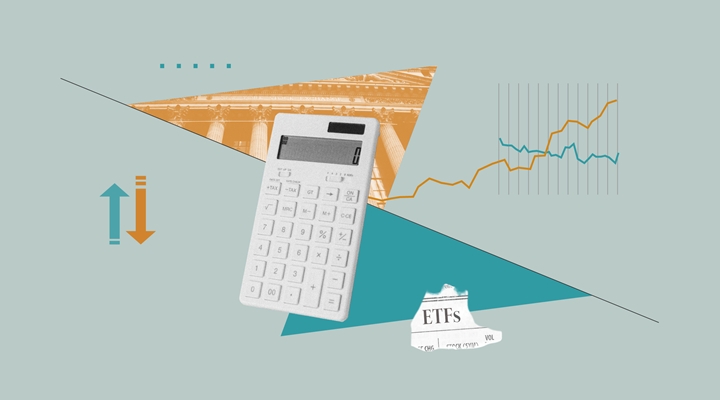Holly Black: Welcome to Morningstar. I'm Holly Black. With me is Laura Suter. She is a Personal Finance Analyst at AJ Bell. Hello.
Laura Suter: Hi, there.
Black: So, we're talking all things ISAs this week at Morningstar. And a lot of parents might be thinking about how to put money away for their children. So, what is the best way?
Suter: So, if you're talking about ISAs, they're the most tax-efficient way. Then, there's a junior ISA for children, and you can now put up to £9,000 per child each tax year into it, which is obviously way above what most families will be able to put away for their kids. You can choose a cash or an investment option, a bit like a normal ISA, and you can save in a lump sum or you can save monthly, and that money then becomes the child's at 18. So, it's locked up for that time. You can't make any withdrawals during that period. And then, when they turn 18, the money is theirs.
Black: Is that not a bit of a concern that parents might think I've spent 18 years diligently saving and then on their 18th birthday they might go and spend the lot on a big party?
Suter: Yeah, that is one of the downsides of junior ISAs is that at 18 that money then becomes theirs. It gets transferred into an adult ISA, so a normal ISA. And if they wanted to, they could withdraw the entire sum and splurge it on a party or a holiday, or something else. Now, obviously, most parents hope that they will have taught their kids responsibility and that they should spend their money wisely. But if you're saving when your child is a baby, you have no idea what they're going to be like by 18. And so, for that reason, some parents choose not to save in a junior ISA and they instead will put money aside for their child, but in their own ISA because the current adult ISA limit is £20,000 a year. That's a lot more than most average people will have to put away. So, people will end up with spare of that allocation that they could then set money aside for their children.
There's obviously some pros and cons that it's not ring-fenced in the same way that a junior ISA is. So, you'd have to keep a mental note almost of which investments are yours and which were your child's. You can access that money during the interim period until they turn 18, which has pros and cons, I guess. It means that you could end up dipping into your child's savings pot if you needed to. But it does also mean that you could use it for the child before they turn 18. So, for example, when they turned 17, if you wanted to buy them a car, you could use that money that you'd set aside for them before they reach 18.
Black: So, 18 years is a long time to save for in the investment world. We would think that's a great time horizon. But do most parents choose the cash or the investment option when they're saving for their kids?
Suter: So, strangely, most parents choose to put their money in a cash junior ISA rather than an investment. So, about two-thirds of parents use a cash option and only a third use the investment option. And like you said, it's the ideal – 18 years is the ideal investment time horizon to ride out those highs and lows of the market and get a decent return on your money. I think some parents are a bit nervous that they're putting away money for their child's future, and they don't want to risk it on the stock market. But I think it is kind of the ideal time to ride out some riskier investments. And if you are nervous, you could always save it in some lower-risk investments over that time. But if you think about if you put away £50 a month for your child starting when they're born, over 18 years, if that grew at 6%, which is kind of average long-term investment returns, that would equal about £20,000 by the time they turn age 18, which is more than you're going to save with cash returns particularly. So, it's useful. And you can also do a bit of both if you wanted to. You could set aside some money in cash savings accounts and then invest some of it if you wanted to.
Black: Laura, thank you so much for your time. For Morningstar, I'm Holly Black.








